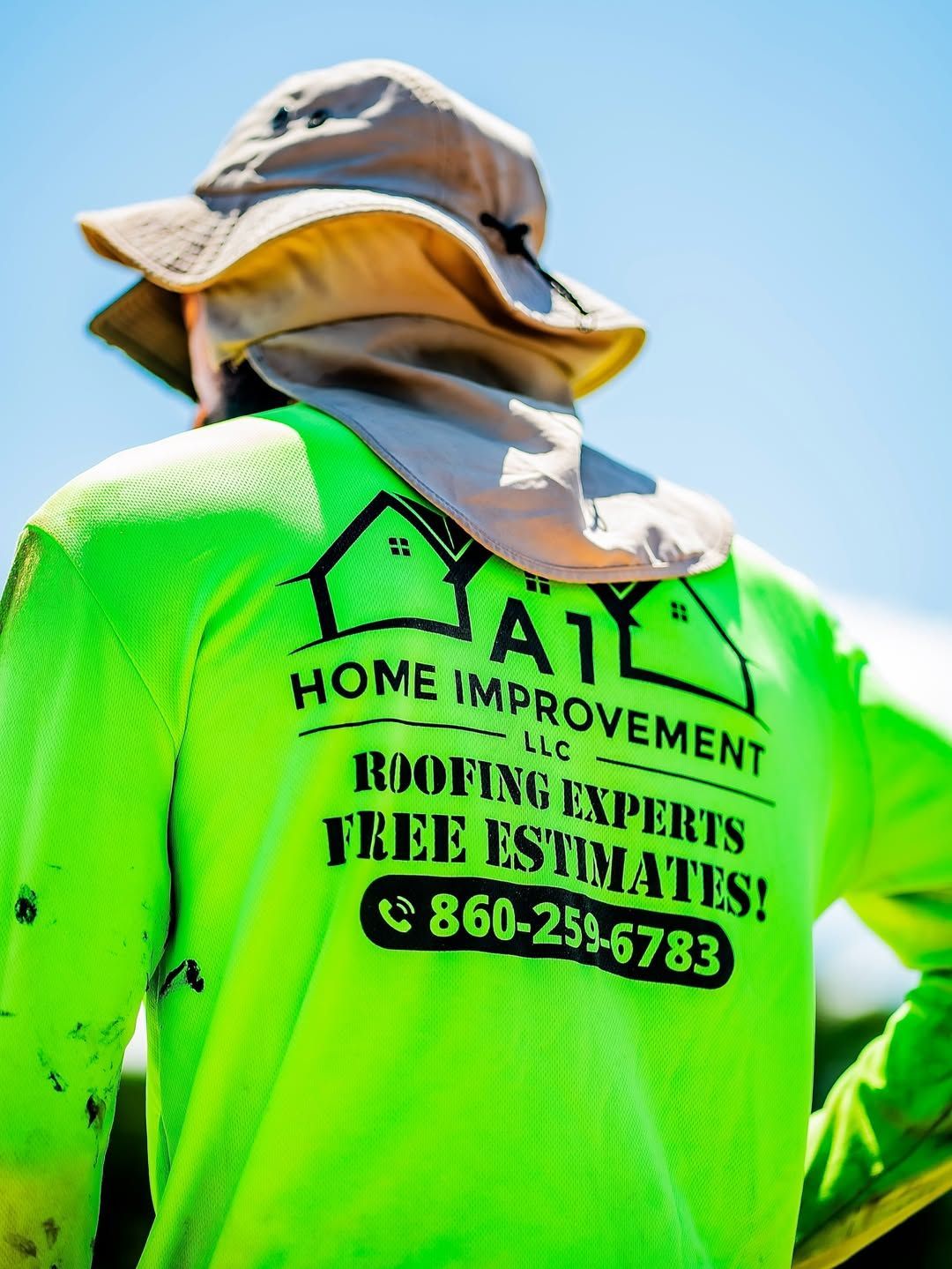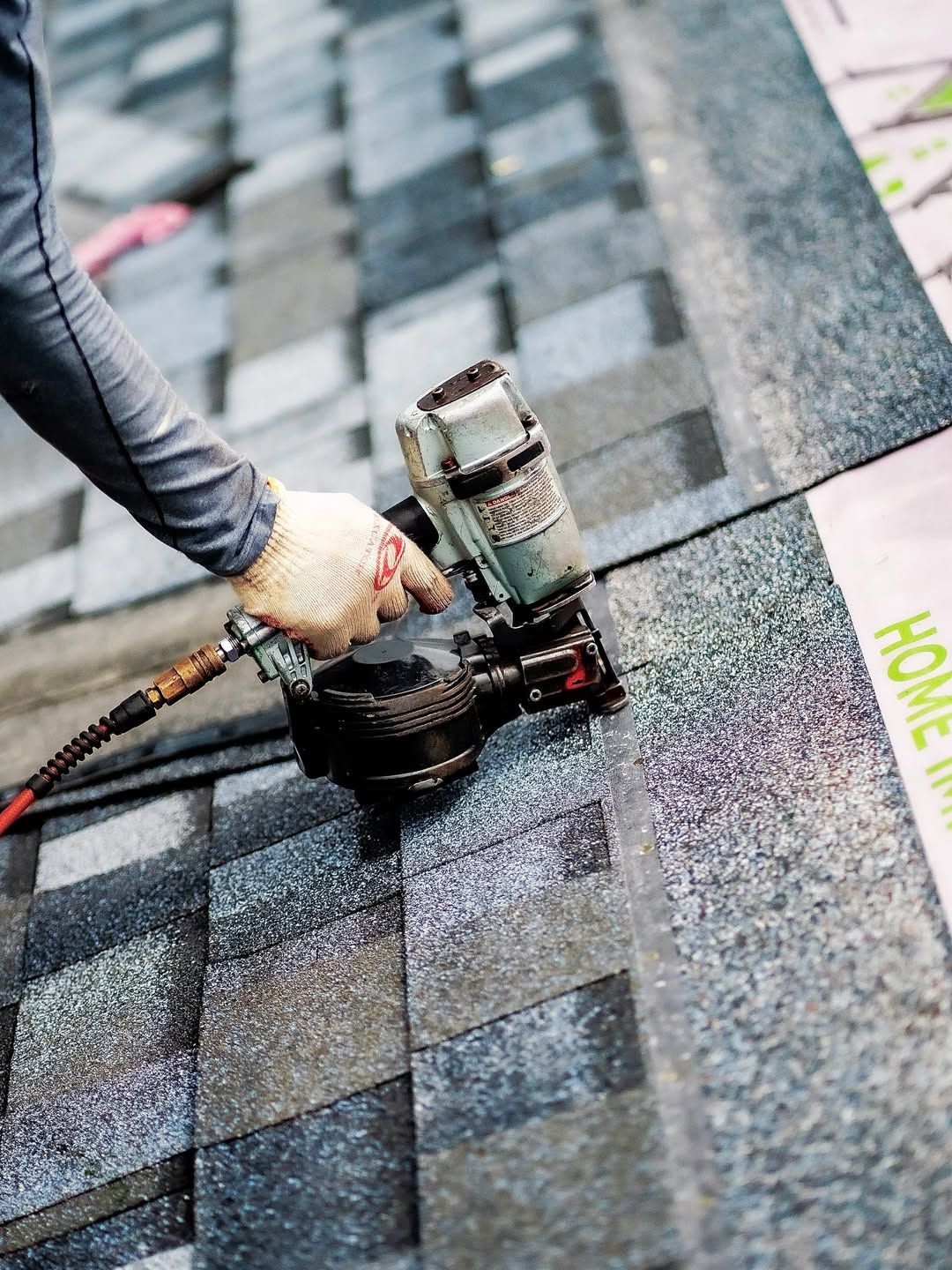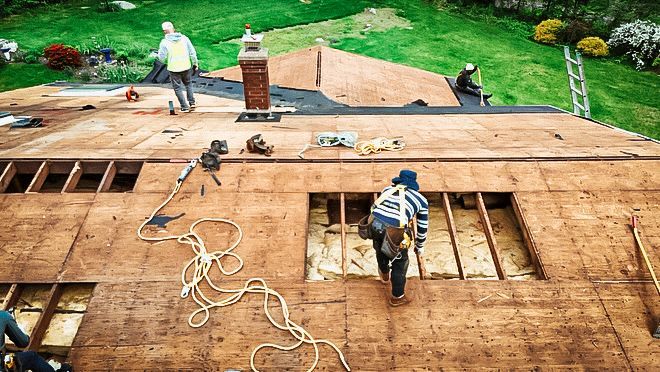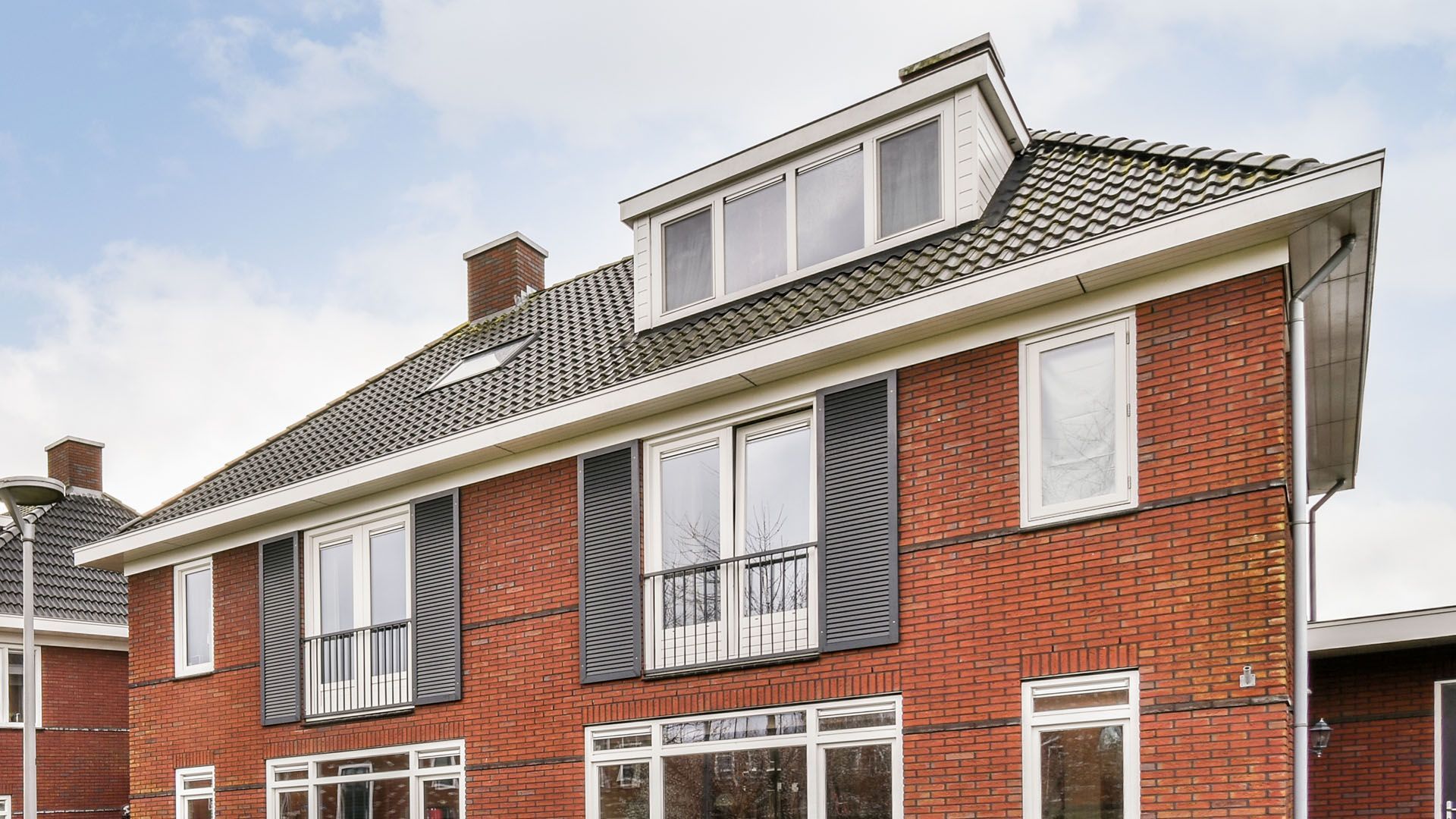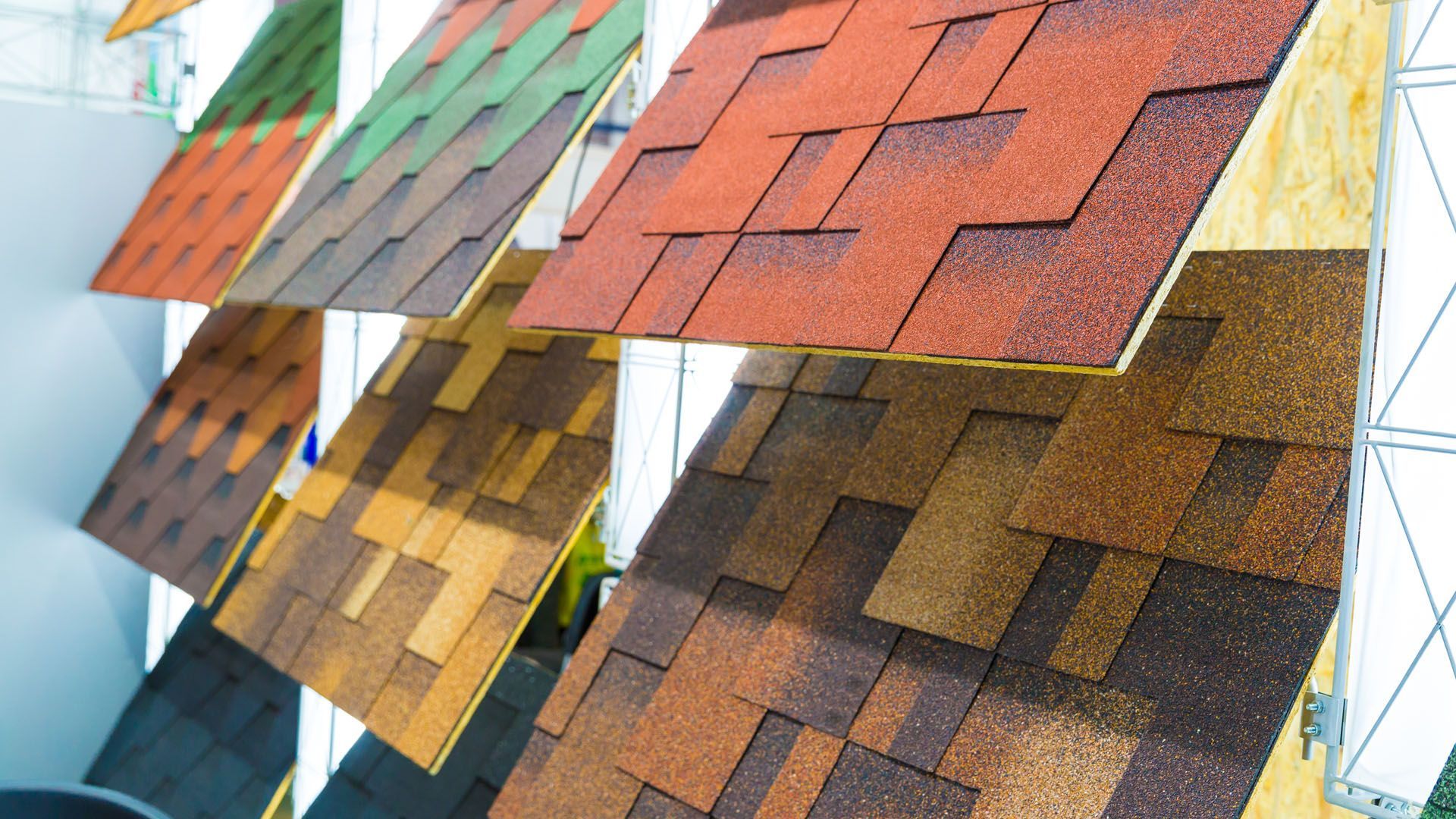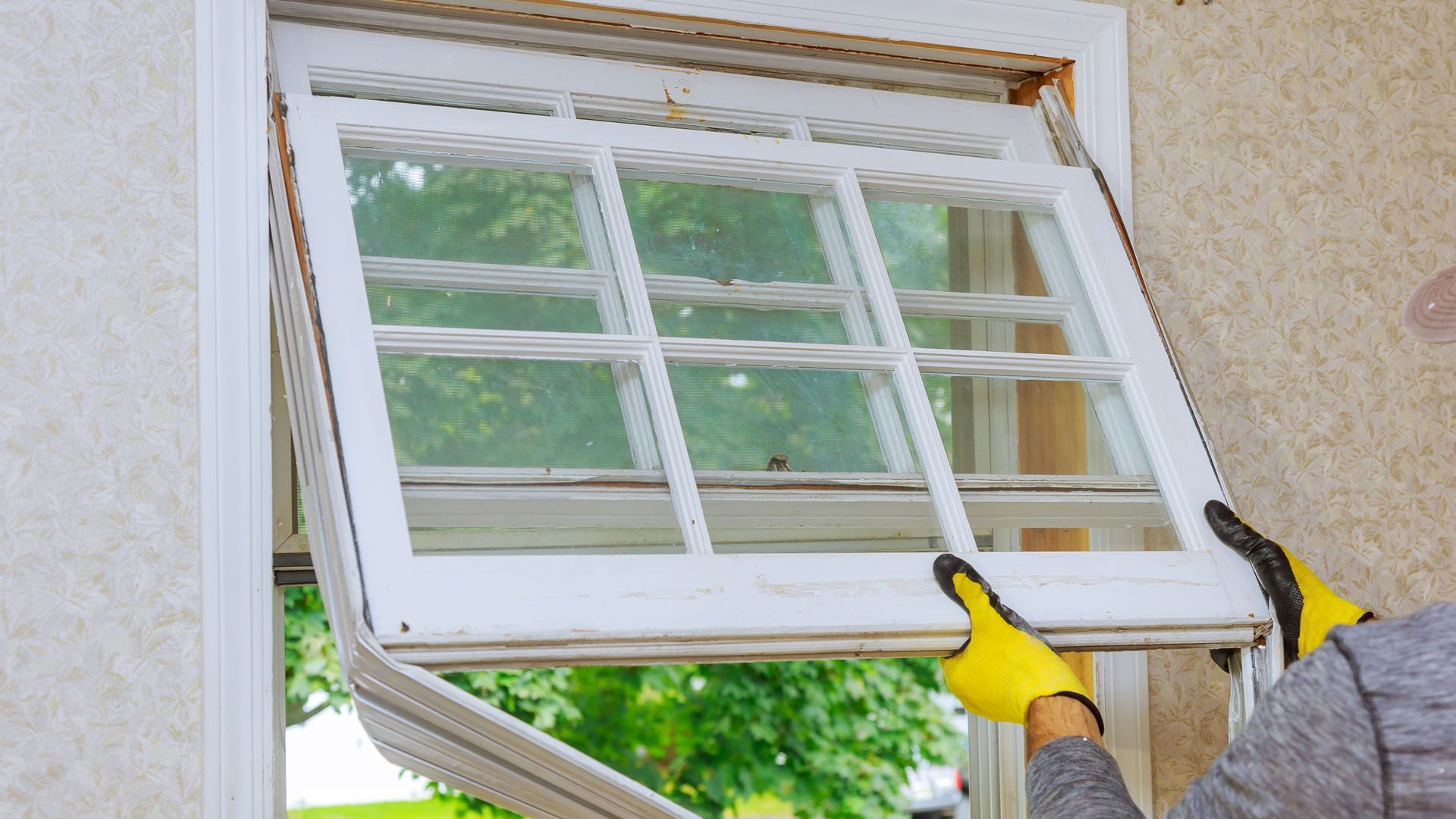10 Best Practices for Roofline Repair: Fix Fascia & Soffits Efficiently
Noticing sagging or water stains on your roofline? This article covers how to tackle roofline repair efficiently. Learn to fix fascia and soffits, recognize early damage signs, and understand common causes of roofline problems.
Key Takeaways
- Early detection of roofline issues, such as sagging and water stains, is crucial for preventing costly repairs.
- Routine maintenance, including gutter cleaning and inspections, helps prevent common causes of roofline damage and preserves structural integrity.
- Choosing durable roofing materials and professional services enhances roof longevity and ensures effective repairs and compliance with building codes.
Recognizing Roofline Problems Early
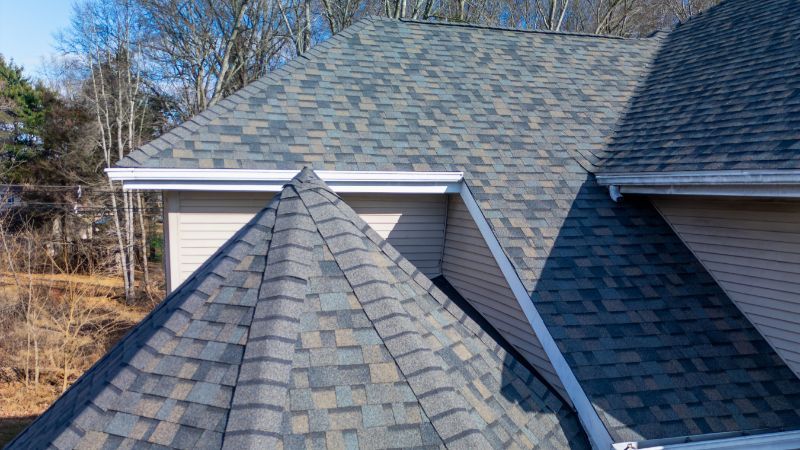
Early detection of roofline problems can save you from costly structural repairs down the line. One of the most tell-tale signs of roofline issues is a sagging roofline, which often indicates significant structural issues such as weakened roofing materials. Visible dips, cracks, and water stains can also signal a sagging or uneven roofline. These problems, if left unaddressed, can lead to severe structural issues including water infiltration, mold growth, and cracking in exterior walls.
Water stains on walls or ceilings are clear indicators of possible roof leaks. Such leaks can cause further damage if not promptly addressed. Missing or damaged shingles can also be a sign of a leaking roof. If you notice any of these signs, it’s crucial to act quickly to prevent the need for a full roof replacement.
Recognizing early warning signs like sagging rooflines and water stains allows for timely repairs, preventing minor issues from escalating into severe structural problems. Frequent inspections and upkeep are crucial for keeping your roof in top condition and ensuring it continues to protect your home.
Common Causes of Roofline Damage
Roofline damage can stem from a variety of sources. One prevalent cause is inadequate drainage due to clogged gutters. When gutters are blocked, they cannot channel water away from the roof effectively, leading to standing water and potential leaks. Routine maintenance, such as cleaning gutters twice a year, helps prevent these problems.
Aging roofing materials naturally degrade over time, contributing to structural issues in rooflines. Excessive weight from accumulated snow and ice can also cause sagging in rooflines. Using smaller structural materials than recommended is an example of improper installation techniques. This can increase the risk of roof sagging. These factors underscore the need for regular inspections and professional roof repairs to tackle potential problems early.
External factors like weather events can exacerbate existing roofline issues. For instance, inspecting gutters before and after significant weather events can help check for potential blockages. Utilizing a high-pressure hose to clear debris from gutters ensures proper drainage and prevents water from backing up onto the roof. Regular maintenance and timely repairs can address these common causes of damage, preserving your roofline’s integrity.
Inspecting for Roofline Issues
Frequent inspections help identify potential roofline issues before they become major problems. To inspect your roofline, start by checking for missing or cracked shingles, which can be early signs of roof damage. Examine the soffits for any visible damage, and look for signs of water damage such as stains and mold.
Inspecting your roofline should involve checking for dips, sags, crooked areas, buckled shingles, and loose sections. These signs can indicate underlying structural problems that need immediate attention. It’s also vital to assess the fascia board, which supports gutters and shields the attic from external elements.
A comprehensive roof inspection should cover the rafters and decking for any signs of damage. This comprehensive approach ensures that you catch any issues early on, allowing for effective roofline repair and preventing severe structural damage. Conducting inspections twice a year is key to maintaining your roof’s overall health.
Repairing Fascia Boards Effectively
Fascia boards play a critical role in the overall structure of your roof. Typically, they are long, thin pieces of wood that serve as the mounting structure for gutters and protect the attic from external elements. Common materials for fascia boards include various types of wood, composite woods, and durable plastics like UPVC and PVC, which resist moisture and temperature changes.
Assessing the damage is essential before replacing a fascia board. A professional will determine how much of the fascia needs to be replaced. The process involves removing the gutters first, as they are mounted to the fascia. The new fascia board should span at least two rafters to ensure secure installation.
Covering seams with sealant after installing the new fascia prevents water damage. Sealing the fascia board with an exterior wood sealant and possibly painting it helps protect against moisture.
Reattach the drip edge and gutters after the replacement to ensure proper water flow and protection. This meticulous approach ensures effective roofline repair and extends the lifespan of your roof.
Fixing Soffits for Proper Ventilation
Soffits are essential for proper ventilation of your roof system. They significantly impact attic temperature and help prevent shingle damage. Adequate air circulation in the attic requires soffits to have a ventilation area of 1/150th of the space they ventilate. A lack of sufficient intake vents can cause conditioned air to escape into the attic, leading to energy inefficiency.
Selecting durable materials for soffits is essential. Recommended materials include metal (steel, aluminum), vinyl, and wood. Each material has its benefits, and the choice depends on factors like climate, roof type, and budget. Plastic fascia boards and vinyl soffits are commonly recommended for their effectiveness in repairs.
Installing soffits correctly ensures adequate airflow, enhancing performance and efficiency. Applying a waxy sealer or priming surfaces can help protect soffits from water damage. Enhancements like crown molding can also add to the aesthetics of soffits, providing a more finished look. Keeping your soffits in good condition is vital for your roof’s overall health.
Addressing Water Damage Promptly

Water damage can quickly escalate if not addressed promptly. Common indicators of water damage include water stains and mold growth, which suggest water infiltration from a compromised roof. Water overflow from clogged gutters can lead to structural damage and mold growth, particularly affecting walls and the foundation. Addressing leaks and water damage promptly prevents extensive damage.
When you detect a leaky roof, immediate action is required. Shutting off the water source and drying affected areas can prevent further damage. This timely approach can save you from significant structural damage and costly repairs. Proper drainage and regular gutter maintenance prevent water from backing up and damaging the roof.
Taking prompt measures to address water damage not only preserves the structural integrity of your roof but also prevents health hazards like mold growth. Frequent inspections and timely repairs keep your roof in top condition and protect your home from water damage.
Reinforcing Structural Integrity
Strengthening your roof’s structural integrity effectively addresses issues like a sagging roofline. Ignoring roofline problems can lead to considerable damage over time, including potential roof collapse. Installing support beams strategically between rafters significantly enhances roof stability.
Using braces can effectively support the roof’s structure and prevent further sagging. Another method involves the application of a steel ‘L’ channel to reinforce damaged rafters. Replacing detached or damaged gusset plates with plywood gussets can also strengthen roof trusses.
Consulting a structural engineer can be beneficial. A roofing professional can help determine the best approach for roof reinforcement. A qualified roofer can ensure proper assessment and repair of a sagging roof. Addressing foundation settling, if it causes an uneven roofline, is essential to maintain the structural integrity of your home.
These measures ensure that your roof remains stable and secure, protecting your home from severe structural damage.
Choosing Durable Roofing Materials
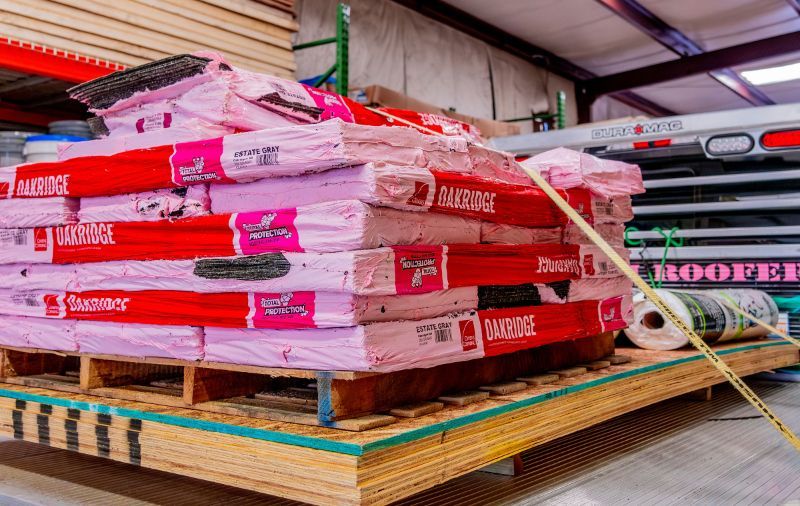
Selecting the right roofing materials is key to ensuring the longevity and durability of your roof. Slate roofing, known for its exceptional durability, can last well over a century and offers a classic look. Clay and concrete tiles not only enhance the aesthetic of a home but can also last for over 50 years.
Asphalt shingles are popular for their cost-effectiveness and versatility, making them suitable for many homeowners. Metal roofing, which can endure for over 50 years, is a reliable long-term investment. Synthetic roofing materials provide a budget-friendly option that mimics the appearance of more expensive alternatives. Wood shingles, while providing natural insulation, require more upkeep compared to other roofing material.
Selecting durable roofing materials enhances both longevity and efficiency. Consulting a professional roofing contractor is advisable. They can help you determine the best option for your roofing system. Professionals use high-performance asphalt shingles and durable metal panels for roofing construction. This guidance ensures that your new roof remains robust and reliable for years to come.
Regular Maintenance Tips
Routine maintenance extends the lifespan of your roofline and prevents costly repairs. Biannual inspections help identify potential roofline issues early. Regular maintenance includes cleaning gutters to prevent water from backing up on roofs.
Installing gutter guards and regularly trimming overhanging branches can minimize the frequency of gutter cleaning. These practices prevent excessive weight from accumulating on the roof, which can cause sagging and structural damage. Regular maintenance prevents extensive repairs and ensures timely fixes for minor issues.
By staying proactive with regular maintenance, you can avoid significant repairs and maintain the structural integrity of your roofline. Simple yet effective maintenance practices keep your roof in top shape and extend its lifespan.
Professional Roofline Repair Services
Professional roofing contractors provide numerous benefits for roofline repairs, including expertise in commercial roofing solutions. Certified contractors ensure proper installation and prevent further issues. Professional roof repair services provide expertise and quality workmanship for successful repairs. Many roofing contractors offer warranties, giving long-term security against defects.
Compliance with local building codes protects homeowners from legal issues. Hiring a certified roofing contractor minimizes the risk of accidents and ensures safety during repairs. Reputable contractors often purchase materials in bulk, offering lower prices compared to individual buyers. Experts provide the highest quality materials suited for specific homes and geographical areas, including options for residential and commercial roofing.
A professionally installed roof can significantly increase property value and curb appeal. Reputable roofing contractors typically provide ongoing maintenance and support after installation. Opting for professional roofing services keeps your roofline in optimal condition, ensuring effective protection for your home.
Summary
Maintaining your roofline is crucial for the overall health of your home. From recognizing early signs of damage to choosing durable materials and hiring professional services, each step plays a vital role in ensuring your roof remains robust and reliable. Regular inspections, prompt repairs, and diligent maintenance are essential for avoiding costly structural repairs and prolonging your roof's lifespan.
By following the best practices outlined in this guide, you can effectively manage roofline repairs and keep your home safe and secure. Take proactive steps to address roofline issues, and consult with professional roofing contractors when necessary. Your roofline is a critical component of your home’s structure—ensure it remains strong and functional for years to come.
FREQUENTLY ASKED QUESTIONS
Have Questions? We Have Answers
Share this Post

